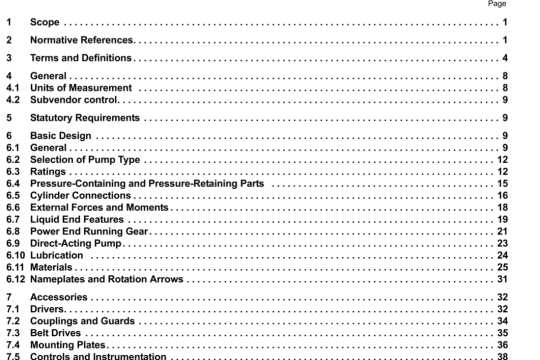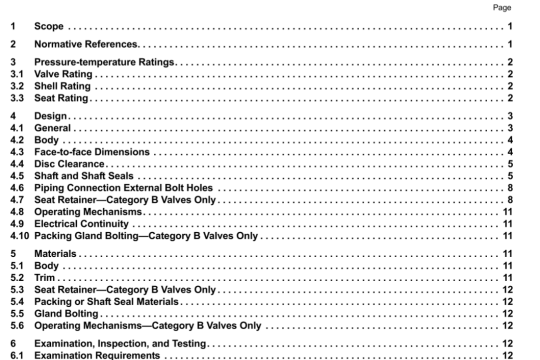API PUBL 4750:2008 pdf download
API PUBL 4750:2008 pdf download.Cyanide Discharges in the Petroleum Industry: Sources and Analysis.
Concentrations of free CN from 50 igL to 200 igi L were shown to be rapidly lethal to juveniles of most of the sensitive fish species. Concentrations above 200 ,ig/L were rapidly lethal to juveniles of almost all species of fish.
The fresh water acute criterion of 22 AgL is calculated from a final acute value (FAV) of 44.75 j.ig/L. which is based on rainbow trout. The criterion maximum concentration (CMC. which is the acute criterion shown in Table I) is set at 22 jtg/L. which is one- half of the FAV.5
The fresh water chronic criterion for free CN (the criterion continuous concentration or CCC) was calculated with data for four animals lir which both acute and chronic toxicity test data were available, These species were brook trout, bluegill, fathead minnow and the amphipod G. pxeudolimnaeus. The geometric mean of the acute to chronic ratios for these four species was 8.568. The final chronic criterion of 5.2 igiL of free cyanide was calculated by dividing the final acute value (FAV) of 44.75 tg/L by the final acute to chronic ratio of 8.568.
The free CN acute aquatic life criterion for marine water that is shown in Table I was calculated from a database of five fish genera and five invertebrate genera (EPA, 1985). Unlike the fresh water species, the most sensitive organisms in the marine species database were the larvae of the rock crab (Cancer irroraiwi). The other invertebrate animals in this database were markedly less sensitive to free CN. The acute values for the fish species in this database ranged from 59 pg/L to 372 ig’L.
EPA calculated the FAV using the LC5O values for the four most sensitive species in the marine water database: mysid shrimp, Atlantic silverside, the copepod A. clausi, and the rock crab. The resulting FAV was 2.030 pg’L that becomes a CMC of 1.015 ig/L (which is rounded to I igL) when divided by the LCo:CMC adjustment factor of 2 described earlier.
Chronic toxicity data for marine species were limited to two species, the mysid shrimp and sheepshead minnow. These two species also had acute toxicity data and EPA calculated the acute to chronic ratios as 1.62 1 and 8.306 for the mysid shrimp and sheepshead minnow, respectively (F.PA. 1985). Rather than use these acute-chronic ratios to calculate a chronic criterion for marine species. EPA elected to set the final chronic value 11w free CN at I tg’L, the same value as the acute criterion. It justified this decision on the basis that the acute criterion was based on the toxicity of free CN to rock crab larvae that, although not an endpoint for the chronic toxicity test, is a very sensitive life stage. It also stated that the I j.agL criterion is at equal to or less than 5&’ of a chronic criterion derived using the geometric mean acute to chronic ratio and the species mean acute values for all marine species in the database other than the rock crab.
EPA also had chronic toxicity data for the marine red macroalgae (‘hampia parvula showing that growth and reproduction were adversely affected at free CN concentrations of II to 25 1g/L (EPA. 1985). Although these data were not used to establish the final chronic value free CN in marine waters, EPA stated that the toxicity data for this plant species lend credibility to its selection of the low chronic value of I )lg/L
tandards
As described earlier in this report. it is the states that adopt and implement water quality standards that arc designed to protect all designated uses in specific surface waters of the state. EPA’s national criteria are used as guidelines for state standards, but states may adopt alternative standards if they are scientifically justified.
This project reviewed the water quality standards of seven representative states with a significant amount of petroleum refining capacity. Table I shows the water quality standards for cyanide in these states.




